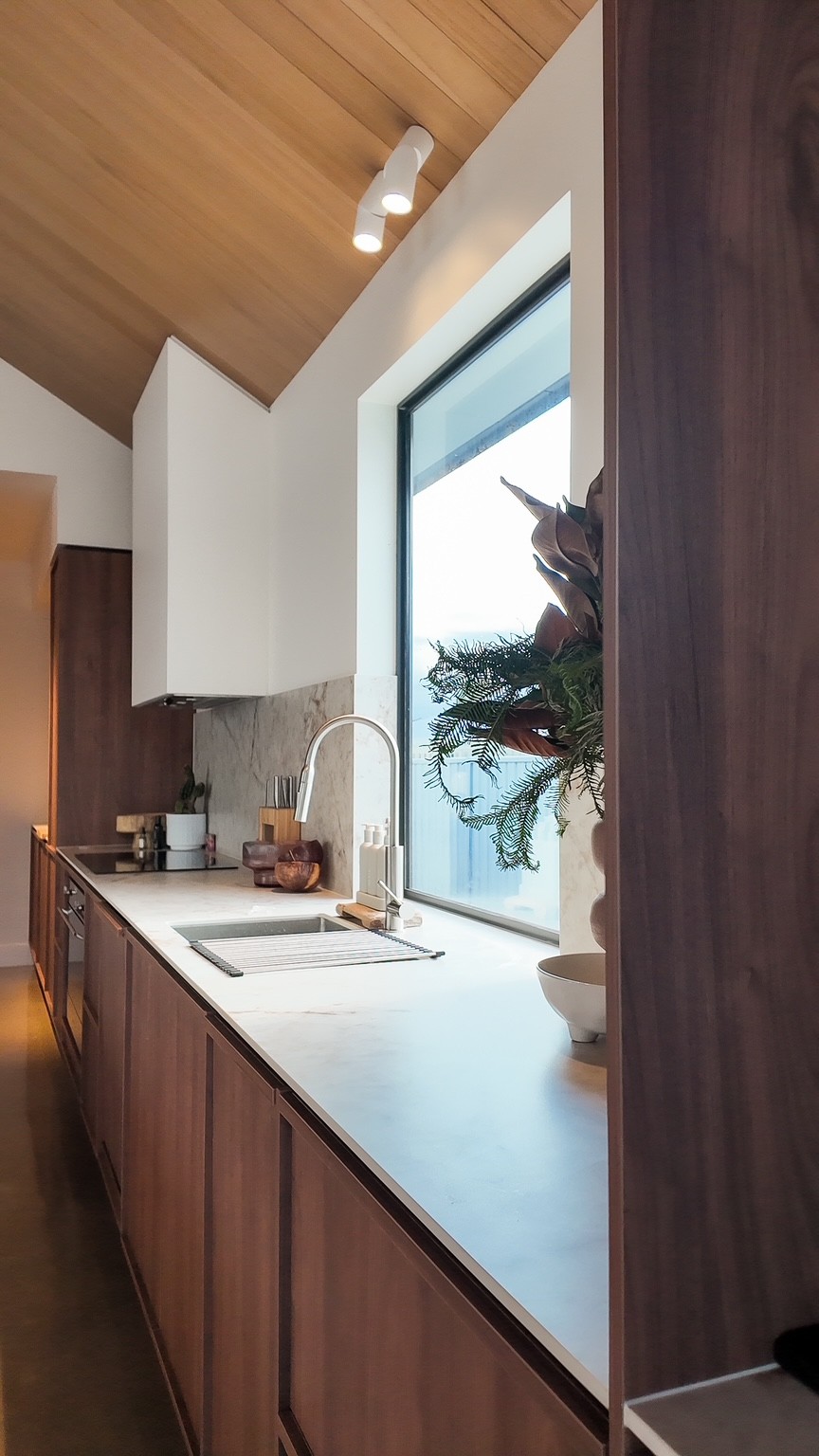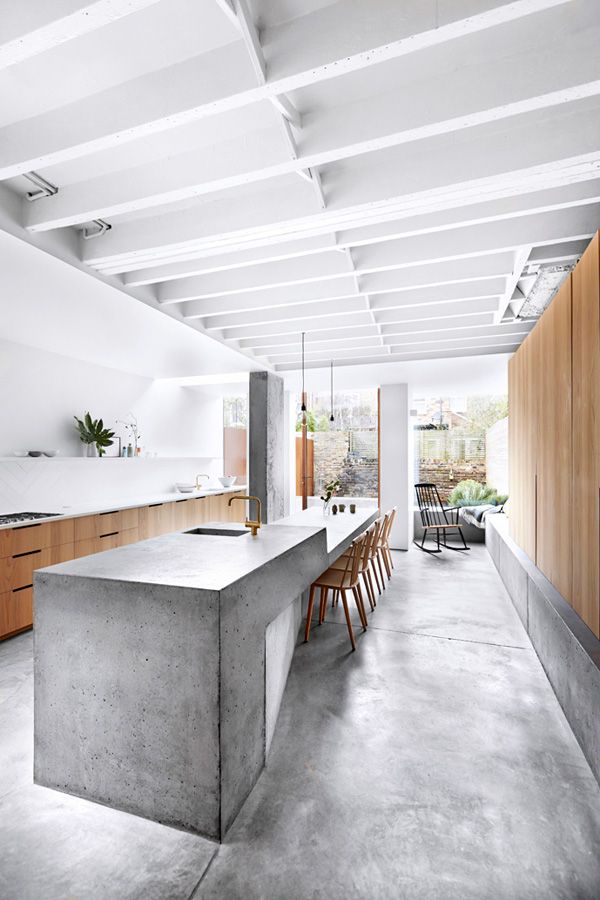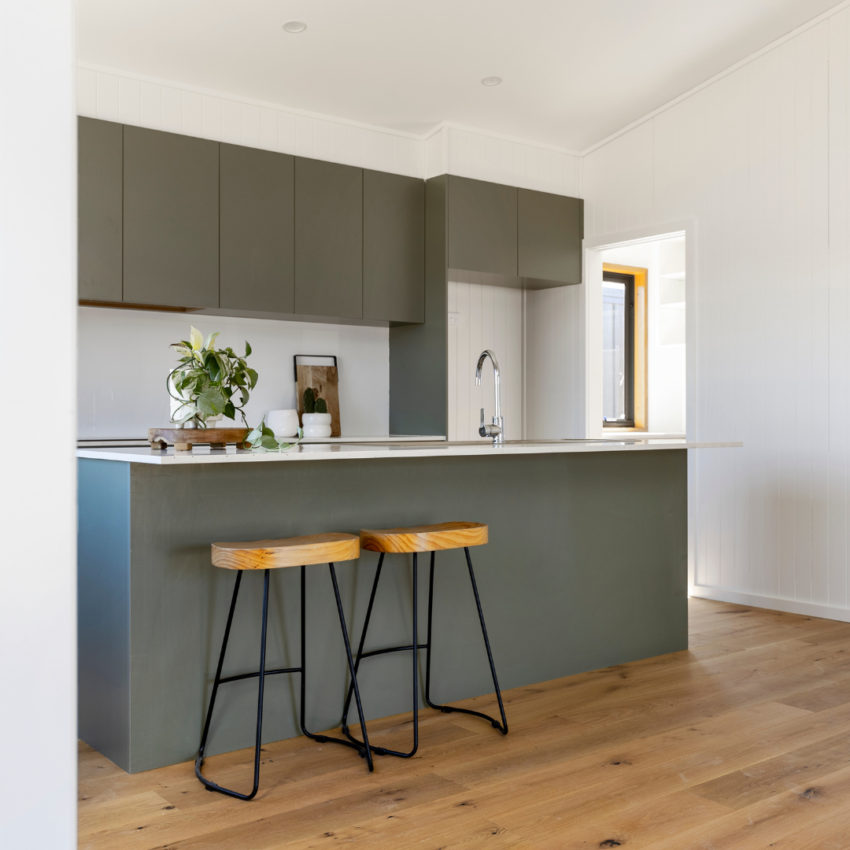When it came to lighting our new home, I made a deliberate decision: no downlights. And honestly? I don’t miss them one bit. Downlights can feel like the “default” choice in new builds and renovations, but for me, they often create a flat, overly bright space that lacks personality. Instead, I wanted every light to …
When it came to lighting our new home, I made a deliberate decision: no downlights. And honestly? I don’t miss them one bit. Downlights can feel like the “default” choice in new builds and renovations, but for me, they often create a flat, overly bright space that lacks personality. Instead, I wanted every light to feel intentional, purposeful, and to actually enhance the way we use each room.
If you’re building or renovating, this approach might just change how you think about lighting in your home.
Why Downlights Aren’t Always the Best Choice
Downlights are popular because they’re easy to install and provide even lighting, but that evenness can be a problem. Flooding a ceiling with bright, unshaded light can:
- Create harsh glare, especially at night
- Wash out colour and texture in a room
- Make spaces feel cold or clinical rather than cosy
- Encourage a “one-size-fits-all” approach rather than designing for how you actually live
By skipping downlights, I gave myself the freedom to layer light, add warmth, and direct it where it’s needed most.

The Power of Directional Lighting
Directional lighting is all about placing light exactly where you want it. Think task lighting, accent lighting, and ambient lighting working together to create mood and function.
In our kitchen, for example, spotlights over the bench make meal prep easier and more enjoyable. They highlight the workspace, reduce shadows, and give a soft glow at night that’s far more inviting than a ceiling full of downlights. Over the dining table, pendant lights create a focal point, add warmth, and instantly make the space feel layered and intimate.
Layering your lighting also means you don’t need to rely on a single source to fill the room. Combining wall lights, floor lamps, table lamps, and ceiling pendants can create a more dynamic, welcoming space.
Practical Tips for Intentional Home Lighting
If you want to skip downlights or just make your lighting feel more purposeful, here’s what I recommend:
- Think about function first
Consider what you actually do in each space. Kitchen? Task lighting is a must. Lounge? Focus on cosy, ambient lighting. Dining room? A statement pendant can do the heavy lifting. - Layer your light
Use a mix of ambient, task, and accent lighting. This helps create depth and mood, rather than one flat layer of brightness. - Highlight key areas
Spotlight or track lighting can be used to illuminate artwork, benches, or reading nooks. This draws the eye and makes the space feel considered. - Consider warmth and dimming
Warm tones and dimmable lights instantly add atmosphere. Cool, harsh lighting can make a space feel uninviting. - Don’t forget the natural light
Positioning your lighting around the natural flow of the room, rather than fighting it, ensures spaces feel balanced throughout the day. - Experiment before committing
Temporary floor lamps or plug-in pendants are a great way to test placement and mood before installing permanent fixtures.
Final Thoughts
Lighting is one of those details that can completely change how a home feels. Skipping downlights gave us a home that feels layered, intentional, and warm. Every fixture now has a purpose, and every room feels considered.
If you’re building or renovating, my advice is simple: think about how you use your light, not just where you want it to fill a room. Intentional lighting transforms spaces, adds comfort, and makes your home feel truly like yours.
Be the first to read my stories
Get Inspired by the World of Interior Design
Thank you for subscribing to the newsletter.
Oops. Something went wrong. Please try again later.






